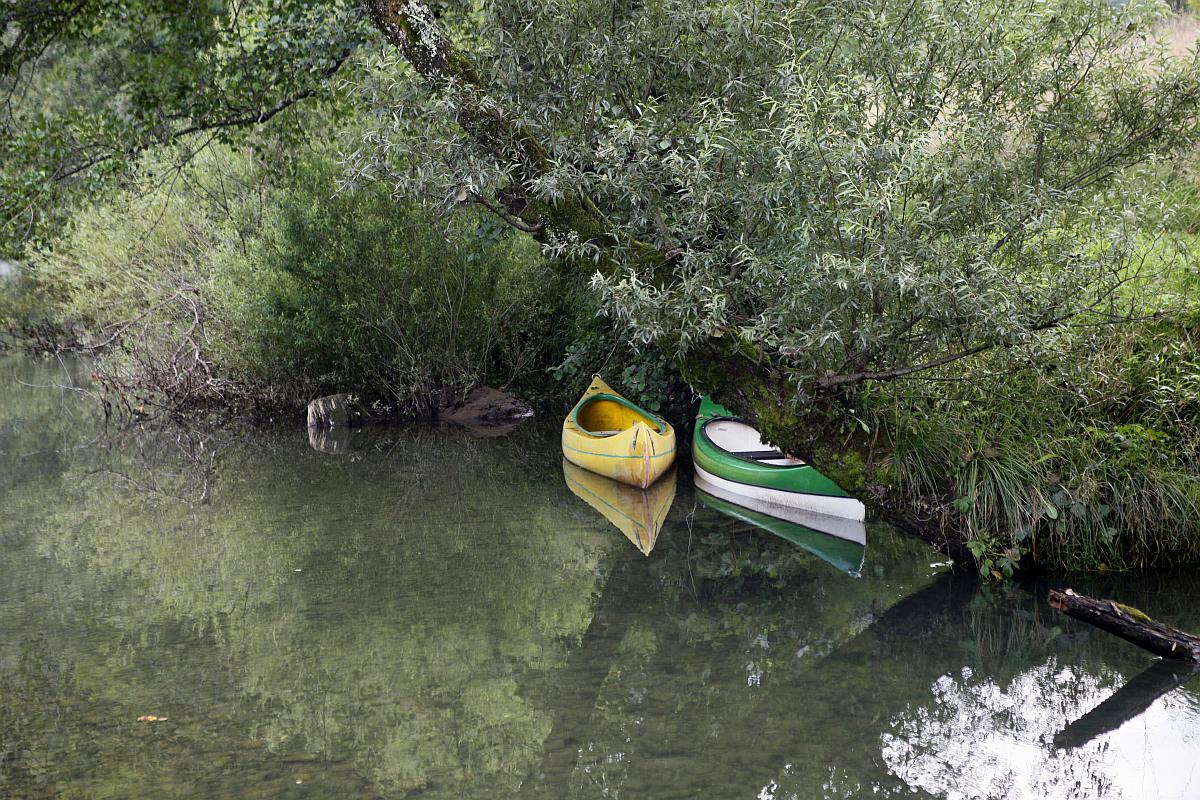

Bela Krajina, a Slovenian region near the border with Croatia, is known for its vineyards and birch trees and often feels like a world apart from the rest of Slovenia. During World War II, the area was a stronghold of the resistance, and a new movement is now carrying on the tradition of the Liberated Territory of Bela Krajina.
When much of Slovenia was still under Axis occupation in the latter days of World War II, Bela Krajina had already been liberated by the Resistance. It was a political stronghold, but it also became the focus of Slovenia’s cultural activity: regular plays were staged in the area, a radio station was established, while books and publications celebrated the use of the Slovenian language, which had been doomed to extinction in the occupied territories.
While its liberated status gave Bela Krajina a major strategic significance, the region has always had a unique history. For centuries, its traditions were shaped by Uskoks, refugees from parts of the Balkans that were occupied by the Ottoman Turks.
This separate identity, and the feeling of being overlooked by the rest of Slovenia, has led to the creation of a new “Liberated Territory of Bela Krajina.” A thoroughly tongue-in-cheek venture, it nevertheless has all the trappings of a state.
When visitors cross the Gorjanci Range and enter Bela Krajina, they can stop in a roadside inn and acquire a bona fide Bela Krajina passport. It entitles them to a discount at restaurants, and free wine at lunch, but it also serves as a reminder that they have entered a very special part of Slovenia.
The idea was the brainchild of Peter Badovinac, the owner of the roadside inn, along with several of his friends. In the past few years, the “Liberated Territory of Bela Krajina” has grown in ambition. It now includes a Ministry of Sparkling Wines, its own coins, an anthem, a flag, and even a driver’s license that guarantees its owner a partial refund of any traffic fines received on the territory of Bela Krajina. Recently, the “Liberated Territory” opened its first embassy in Ljubljana. Naturally enough, it is based in a restaurant frequented by people with roots in Bela Krajina.
The ideas have generated considerable media publicity, but only time will tell if they achieve another goal: convincing travelers who cross Bela Krajina on their way to the Croatian coast every summer to stop and explore one of Slovenia’s most intriguing, yet little-known regions.


































































